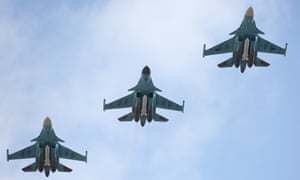By Sanatan Kulshrestha
18 Oct , 2016
The US Defense Science Board report of 2013 states that “in a perfect world, DOD operational systems would be able to tell a commander when and if they were compromised, whether the system is still usable in full or degraded mode, identify alternatives to aid the commander in completing the mission, and finally provide the ability to restore the system to a known, trusted state. Today’s technology does not allow that level of fidelity and understanding of systems.” The report brings out that, systems such as automated intrusion detection, automated patch management, status data from each network, and regular network audits are currently unavailable. A cyber-attack against critical national infrastructure could therefore have a cascading effect upon economy, society, and government in ways difficult to understand, model or predict.
In cyber warfare, it has been claimed that opponents can distract, disrupt, and demoralize a nation by skilful use of cyber tools, timing, surprise, and an adversary’s specific vulnerabilities. These vulnerabilities are not restricted to military targets; the ability to attack civilian targets such, as public utilities or financial sector can be far more dangerous and subsequently more effective, at discouraging and deterring potential adversaries because of its immediate social and political effects.Theoretically at least, an adversary may not need kinetic weapons to render a nation incapable of defending itself. On the other hand, it has not been feasible to assess the real cyber warfare capabilities of nations because these have never been used in large scale war-fighting resulting in serious damage or led to a full scale war between nations.
It is reasonable to presume that current tools of war would continue to be utilized for achieving military objectives simply because cyber-attack in its current form exists as a one time gambit, since cyber weapons are transient and last only until the breaches are plugged. There is no doubt that delay and denial can be achieved to a large extent but whether that would lead to a victory on ground is a fact yet to be seen.












